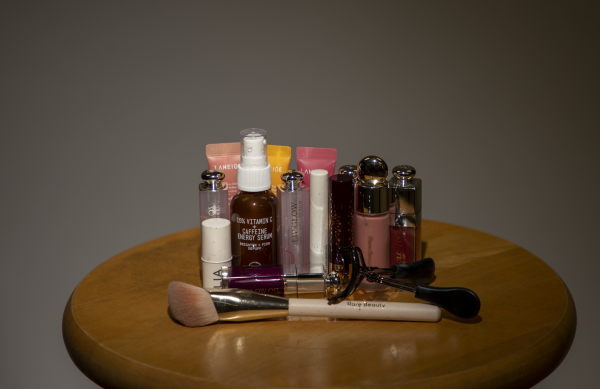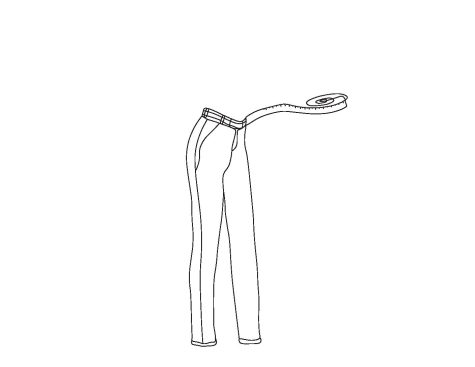Stay Cozy With These Winter Layering Tips For Men
Keep yourself warm and stylish in the winter months with these layering tips.
Winter has entered full force. Well, probably. You never can be really sure in Illinois. No matter what, going headlong into unpredictable winter weather requires some careful planning, especially on how to dress in order to get protection from the cold, while also trying to not overheat when inside. Luckily, the great fashion gurus atop their mountains of Gucci slides and ripped jeans have provided an answer: layering.
Layering, as its title suggests, is the practice of layering multiple pieces of clothing on top of each other for a variety of fashion, comfort, and practical purposes. From the get-go, layering seems like a pretty simple concept; while it mostly is, there are always rules to help make the most out of any outfit.
Stick to the basics.
One of the best things about layering is that it has the potential to elevate almost any piece of clothing in anyone’s closet. Unless there’s a desire for a specific look or style, layering can be accomplished with the clothes someone already has. There’s all the closet staples that already make up the average high schooler’s wardrobe, like t-shirts, hoodies and flannels, and also many options for other versatile pieces like sweaters and jackets of all shapes and materials (leather, denim and bomber jackets). These layering staples can be combined in an almost infinite number of manners, from bomber-jacket-over-hoodie to denim-jacket-over-flannel. One of the best parts of layering is experimenting and finding a personal style, but it is also important to keep in mind some of these basic layering guidelines.
Keep the colors simple.
As with anything fashion related, it is immensely important to keep in mind what colors complement or contrast each other well and what combinations to avoid. Senior Cole Connelly put it best.
“Don’t put [things that don’t match] together,” said Connelly. “Be aware of what colors you’re working with, so you don’t look like a dork.”
One of the easiest ways to start is with a simple base, something that works with pretty much everything that would be added on top. Some examples of bases like this could be an all-black or all-white t-shirt and blue jeans. In both of these cases, the neutrality of the base allows for more options of colors that could be added on top.
Add some variety in fabric and pattern.
With both fabric and pattern, it’s best to have variety. While some outfits like full denim or tracksuits can be pulled off if worn well, it’s a lot easier and usually more stylish to combine varied patterns and materials. This can be done by combining the basics mentioned earlier with additional patterns and different materials.
As always, the most important rule is to not think too hard. Keep it simple and limit the number of visible layers to about three; everything else should be able to just fall into place on its own. Follow these guidelines, and every outfit will be warmer, more comfortable, and hopefully, more stylish.












